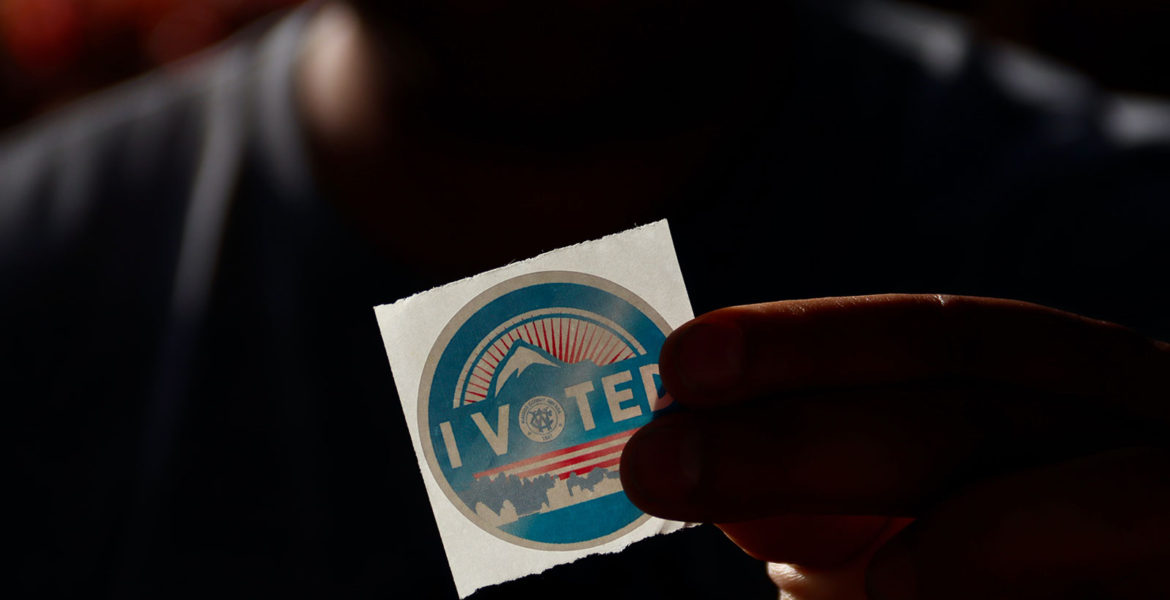By Patrick Comer, CEO & Founder, Lucid
The 2020 election dominated the minds, hearts, and souls of the American public for what feels like an eternity. Fiercely dueling candidates, a global pandemic, a looming recession, and sociocultural turmoil created a recipe for intensity and polarization.
This is why it’s not necessarily a surprise that the election, which technically ended weeks ago, feels like it’s still very much top of mind. Many are critiquing the polling and pollsters because of the difference between what they predicted to happen, and what actually happened.
Admittedly, the predictive side of polling tends to be the one that gets the most attention – measuring how closely election results align with the polls. But, by getting so caught up in the election outcomes, are we missing something critical, something valuable, that’s right in front of us? Let’s take a look at what we mean when we talk about the connection between elections and research technology (ResTech). By unpacking its benefits and nuances and identifying how it is essential to the electoral process, we can better understand ResTech and how it will help guide future analyses.
What is ResTech?
“ResTech” is the comprehensive term for the software and tools that help platforms, agencies, and brands target, deliver, and analyze their insights initiatives. In short, it is the ecosystem of technologies that enable us to gauge the opinions of different groups of people via targeted surveys. While it is a somewhat elusive industry, ResTech is, in fact, a key player in the modern election process.
What makes it so great? ResTech identifies voter sentiments in the moment. In a time when opinions are unpredictable and changing rapidly, the ability to know what people are thinking is invaluable. The 2020 election, in particular, was a vital moment for ResTech and its ability to tap the sentiment of voters. Researchers were able to run insightful studies, like the Nationscape survey, that exposed the issues that mattered most to voters and how they evolved over time.
Not only can ResTech help to provide an accurate depiction of where voters currently stand on key initiatives but, most importantly, it helps us understand why. More than that, it has the scale to reach people from all different demographics and backgrounds, ensuring that we’re receiving an accurate representation of community voters.
How is ResTech vital to pollsters?
ResTech is meant to provide access to the deep data needed for pollsters, like Nate Silver, to pull meaningful insights from their constructed predictive models. This data can contribute to insights in a number of ways.
One example would be an ABC poll that collects and shares the barebones responses from survey responses collected through a ResTech platform. In this instance, the poll does not attempt to analyze the data; it just cites the facts and figures.
On the other hand, a pollster working for FiveThirtyEight might use that same data to conduct a thorough analysis of the numbers in an attempt to predict regional winners. The utility of data procured with ResTech is highly versatile.
How has ResTech evolved with the electoral process?
The electoral process and ResTech are both age-old institutions. While some may argue that one clearly needs to evolve, ResTech has long been ahead of the curve when it comes to successful adaptation and marked innovation.
Years ago, researchers relied on in-person or phone polling to tap into voter sentiment. The process was a bit biased, it was slow, and it couldn’t hold a candle to where we are now with programmatic research technology. Today’s data platforms offer the scale and speed necessary to reach mass population effectively.
Can ResTech be used for election campaigns?
This is where campaign marketers can take it up a notch. They can distill the insights pulled from the data platforms to create and target advertisements to granularly specific demographics. They can see, in real-time, what resonates and what does not, and they can utilize ResTech to track what voters are thinking overtime versus what’s happening in the moment. The power of ResTech stretches far beyond predictive polling. It can infiltrate down to the very core of an individual voter; it can help a campaign marketer understand what makes that person tick and how to best appeal to that person’s needs. ResTech has influential power that extends far beyond any other measure or tactic.
With that, it is imperative to acknowledge that surveying is not a perfect science. Democratizing research comes with an unspoken responsibility: to dispel accurate data into the hands of campaign marketers, political pollsters, and all other constituents at play in the electoral process. It may be complex, but without the ability to tap into ever-changing voter sentiment and analyze it in-depth, we cannot understand where we’ve been and where we’re going. That is half the battle and the path toward a brighter future.

